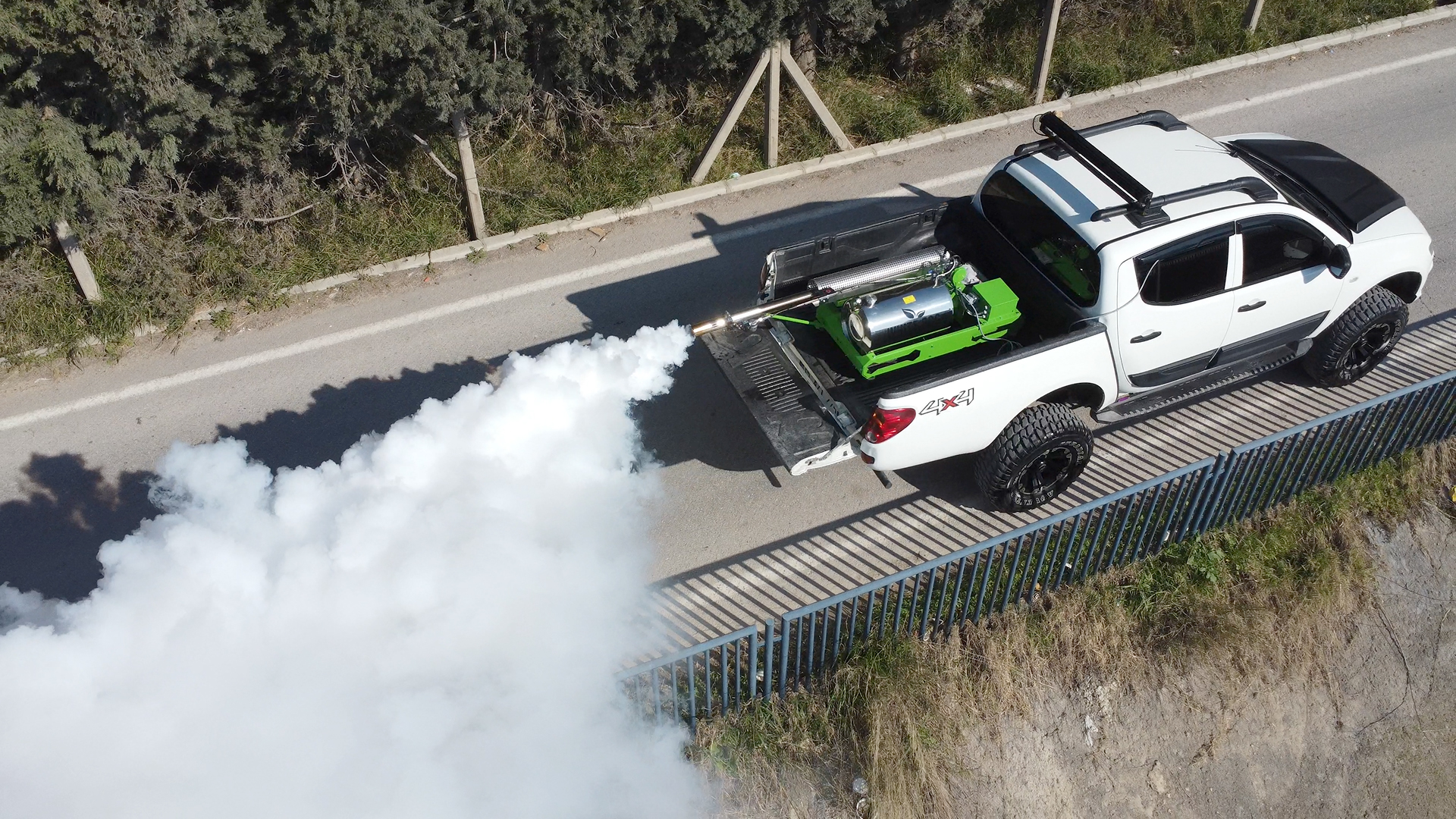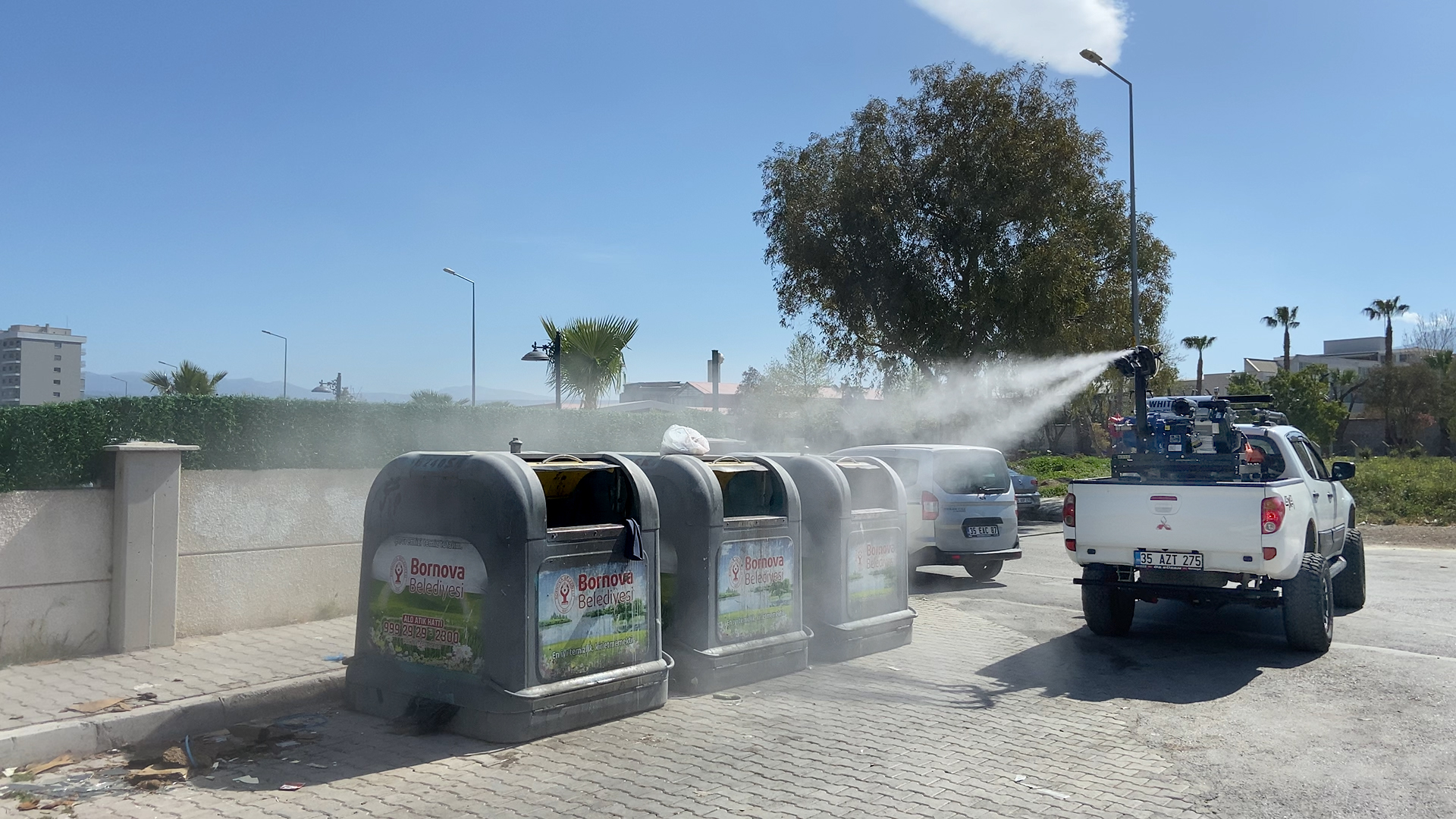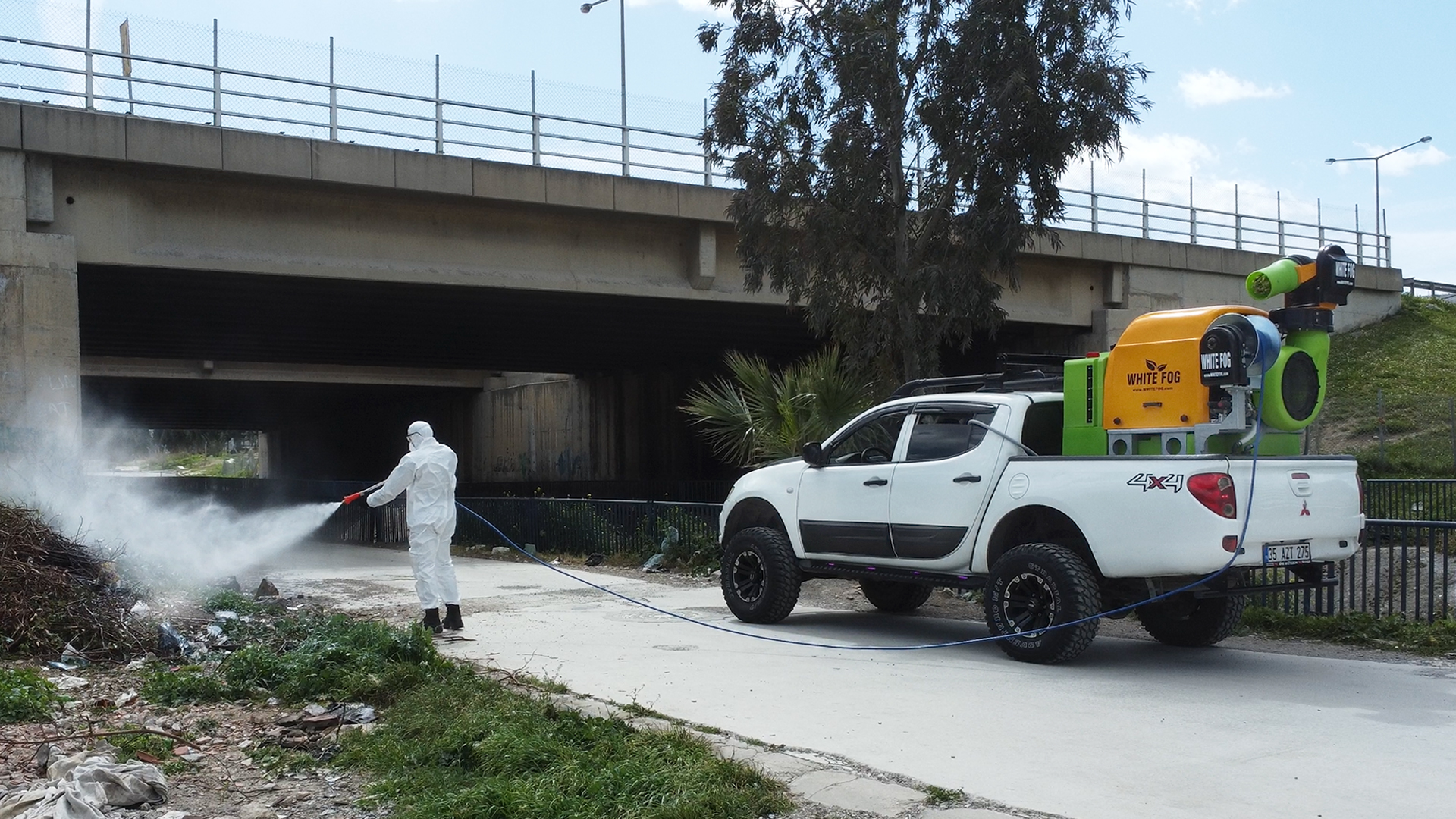Cold fogging is a low-volume, highly effective spraying method used against small flying pests such as mosquitoes and biting midges. The World Health Organization (WHO) has specified that the sprayed particles should be between 0–30 microns (µm) in diameter for this method, and has accepted a maximum droplet size of 20 microns as the standard recommendation for mosquito control.
The main advantage of this method is that the chemical is dispersed into the air as very fine droplets, which remain suspended for a long time, increasing the drift distance. This enhances the likelihood of contact with flying pests and allows biocidal chemicals to reach target organisms more effectively.
The term “cold” refers to the fact that no heat is used during the process. The fog is created by atomizing the liquid chemical into micron-sized droplets via vortical (swirling) nozzles with high airflow. This allows the chemical to stay in the air longer without evaporating and to cover larger areas.
Cold fogging is especially an effective and environmentally friendly solution for controlling flying pest populations in urban areas, parks, water puddles, and around canals.




